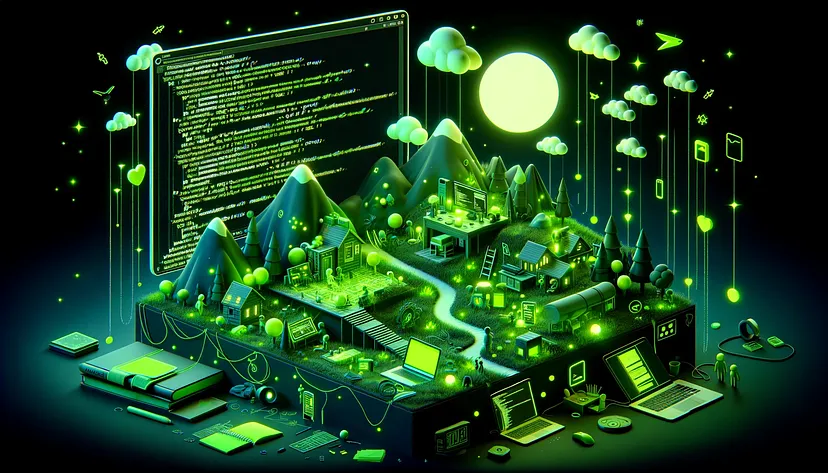
Mobile game studios are the creative powerhouses behind the games that captivate millions of players worldwide. These studios range from small indie teams to large multinational corporations, each contributing to the vibrant tapestry of the mobile gaming industry.
The method of developing a mobile game is a complex process that involves several stages. It begins with conceptualization, where the game idea is born and refined. This is followed by pre-production, where the game’s design document is created and the project plan is laid out. The production stage involves the actual creation of the game, including coding, artwork, and sound design. Finally, the game undergoes rigorous testing before it is launched to the public.
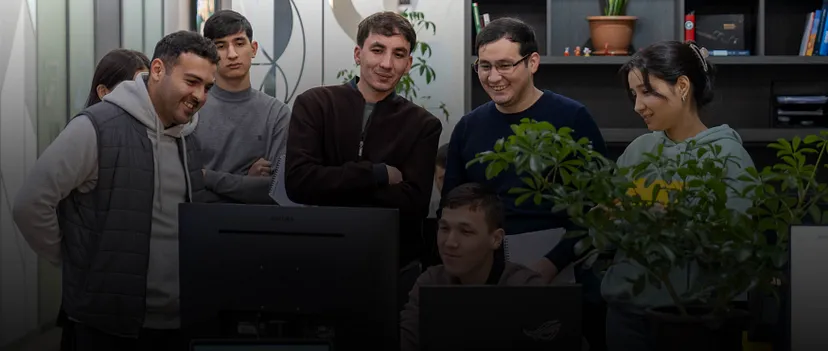
Team Dynamics
Game development studios often prefer working in small teams for efficiency, agility, and streamlined communication. Effective communication within the team reduces misunderstandings and conflicts. Each team member plays a crucial role in bringing the game to life. Let’s delve into the roles of each person:
· Game Designer: is the creative force behind a game’s concept, mechanics, and story. They shape the game’s structure, ensuring it’s engaging and fun. Essential skills include creativity, problem-solving, storytelling, and understanding player psychology. They also need to be proficient in project management tools to coordinate with the development team.
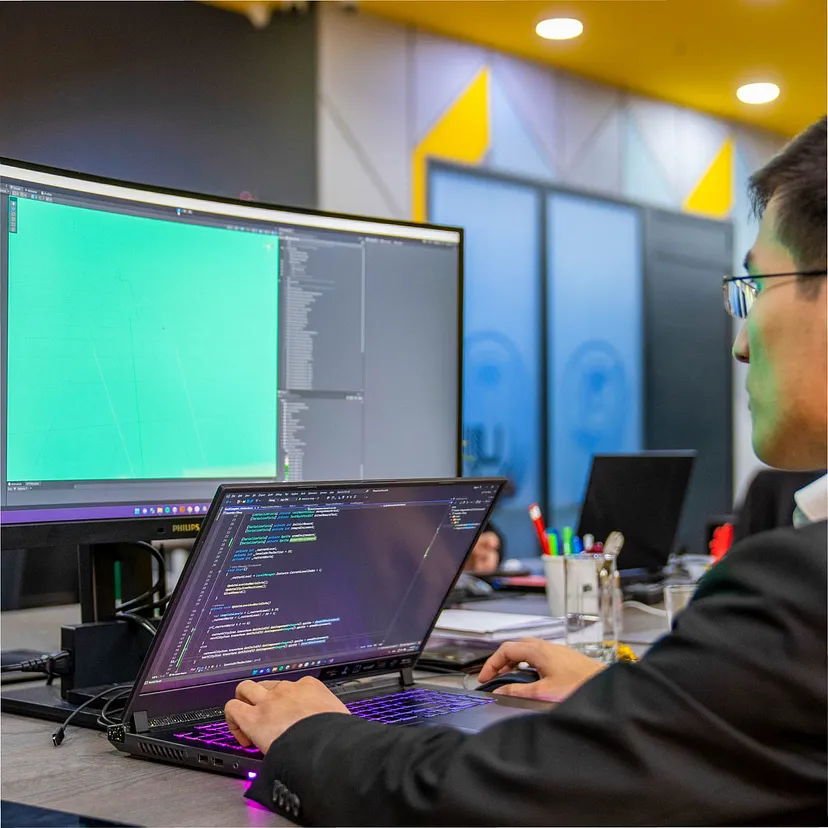
· Developers: are the technical wizards who bring a game’s concept to life. They code the game’s mechanics, visuals, and AI, transforming the game designer’s vision into a playable reality. Key skills include proficiency in programming languages like C++, C#, and Java, understanding of software engineering principles, and the ability to create, debug, and modify relevant code. They often use tools like Unity, Unreal Engine, and Godot Engine to develop games.
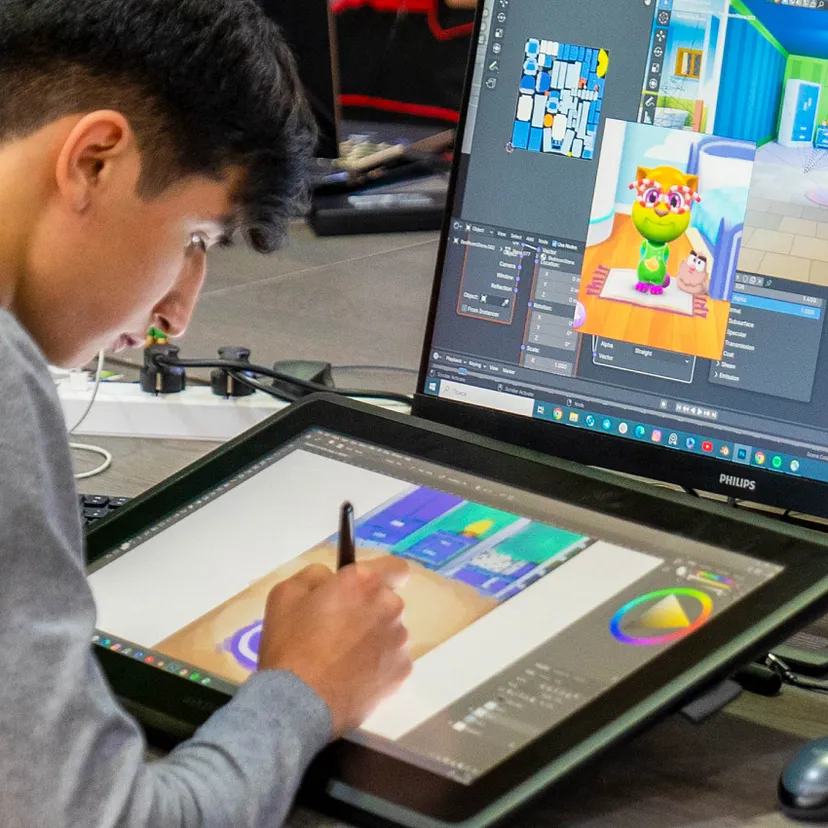
· Game Artist: is responsible for the visual aspects of a game, including characters, environments, and animations. They bring the game world to life, ensuring that the visual aesthetics align with the overall artistic vision and gameplay experience. Key skills include creativity, technical expertise, proficiency in 2D and 3D software, and a keen eye for visual language. They often use tools like Photoshop, Blender, Maya, and ZBrush to create high-quality, visually stunning assets.
· Animators: are the creative minds that bring characters and environments to life in a game. They create and implement movement sequences for various game elements, adding depth and realism to the gaming experience. Key skills include creativity, attention to detail, critical thinking, collaboration, and time management. They often use tools like Adobe Animate, Autodesk Maya, and Blender for animation.
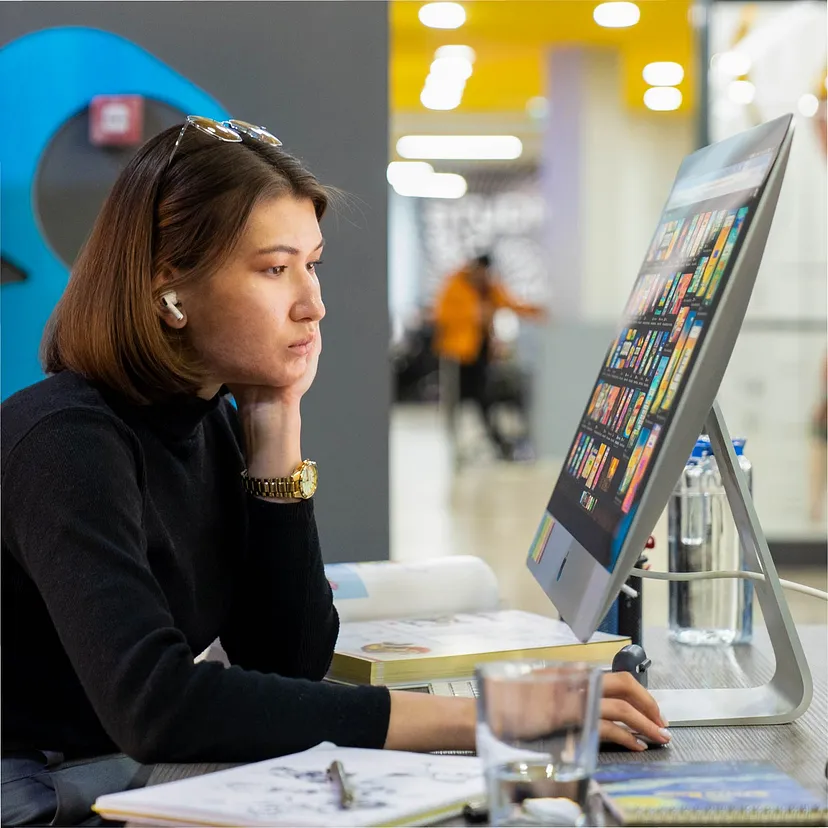
· UX/UI Designer: plays a crucial role in shaping the user’s interaction with a game. They focus on the user interface and the overall user experience, ensuring the game is intuitive and visually appealing. The design of the in-game icons like buttons and panels are made by UI designers. They often use tools like Adobe Illustrator, Adobe Photoshop and others.
· VFX Artist: enhances games by creating visual effects and manipulating digital imagery. They animate non-character elements like dust, water, and explosions. Key skills include understanding composition, color, texture, light, and the behavior of elements in different conditions. They’re proficient in software and game engines, using tools like Blender, Unity, Unreal Engine, and Adobe Photoshop.
· Manager: oversees the project, ensuring effective teamwork, schedule adherence, and budget control. They define the project’s scope, develop work plans, allocate resources, and establish milestones. They also identify growth areas and new revenue streams. Key tools include Asana, Jira and Notion.

· Scrum Master: serves the team by enhancing effectiveness and maintains the integrity of the Scrum model. They plan and host meetings, ensure task updates, and use tools like Slack, Jira and Notion.
Final Level
In conclusion, the intricate tapestry of game development is woven together by the diverse and essential roles played by each team and its members. From the visionary game designers to the meticulous programmers, the creative artists to the strategic marketers, every individual contributes a unique thread to the final masterpiece. Their collaboration and dedication not only bring to life immersive worlds and captivating experiences but also inspire a new generation of developers. As we recognize the crucial roles these teams play, we also extend an invitation to aspiring creators: to step into this dynamic field, to bring your ideas to life, and to join in the ongoing evolution of game development. Your creativity and passion have the potential to shape the future of gaming, pushing the boundaries of what is possible and delighting players around the world.